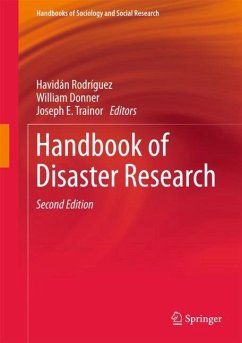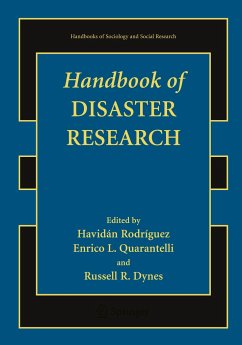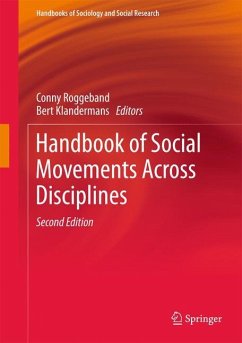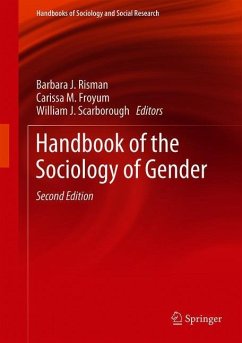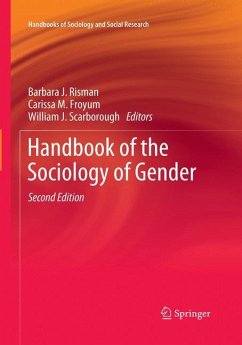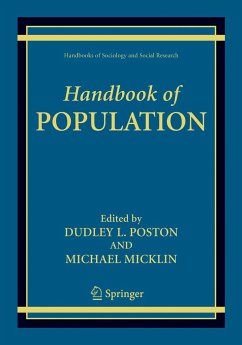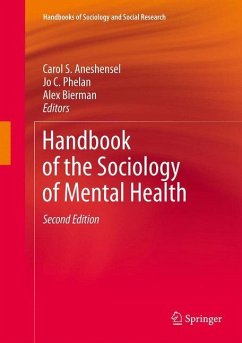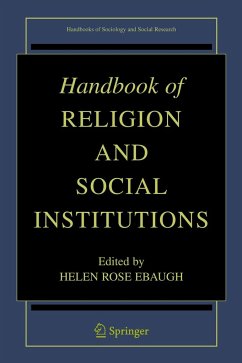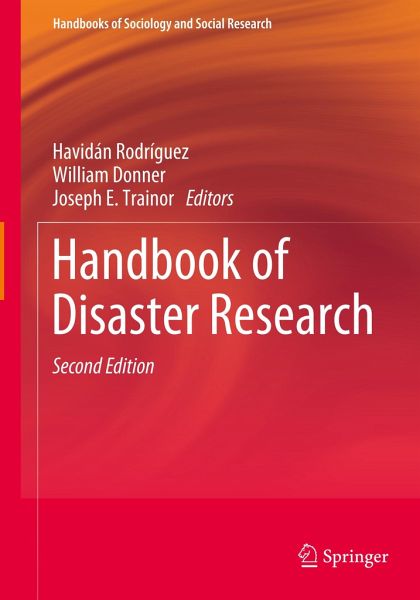
Handbook of Disaster Research
Versandkostenfrei!
Versandfertig in 1-2 Wochen
67,99 €
inkl. MwSt.

PAYBACK Punkte
34 °P sammeln!
This second edition of the Handbook reflects some of the foundational topics for disaster studies; current substantive, methodological or theoretical topics of interest; as well as new and emerging topics in the field. While highlighting some of the iconic themes of the 1st Edition, including what is a disaster; morbidity and mortality associated with disasters; gender and disasters; and race, class, ethnicity, and disasters, the 2nd Edition also brings to the forefront new and emerging research themes in the field of disaster studies, including climate change; children and disasters; technolo...
This second edition of the Handbook reflects some of the foundational topics for disaster studies; current substantive, methodological or theoretical topics of interest; as well as new and emerging topics in the field. While highlighting some of the iconic themes of the 1st Edition, including what is a disaster; morbidity and mortality associated with disasters; gender and disasters; and race, class, ethnicity, and disasters, the 2nd Edition also brings to the forefront new and emerging research themes in the field of disaster studies, including climate change; children and disasters; technological and natech disasters; as well as the news media and disasters, among others. The 2nd Edition of the Handbook will continue to inform the field of disaster studies for years to come; it will expand our knowledge in this important field of inquiry, but will also generate new questions and research ideas; will continue to positively impact the growth, development, and expansion of thisfield and our growing community; and will continue to raise awareness regarding the onset and impact of these events in societies throughout the world, and, in turn, will have significant and positive impacts on disaster mitigation, preparedness, response, and recovery.



